For Memorial Day
Frankie & Annette usually get all the attention, so to kick off this summer, we thought we'd salute Ride the Wild Surf & start our summer with Susan Hart, Shelly Fabares & Barbara Eden (Eden having to dye her hair red because Fabares dyed hers blond).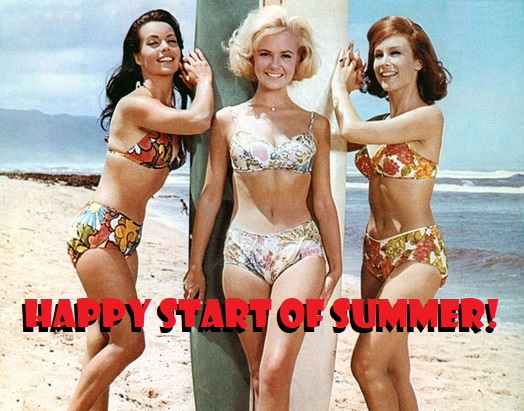
From the Boomtown Paperback Collection
In our rush to legalize weed, aren't we forgetting somethingz?
After all, these are authentic police cases, right?
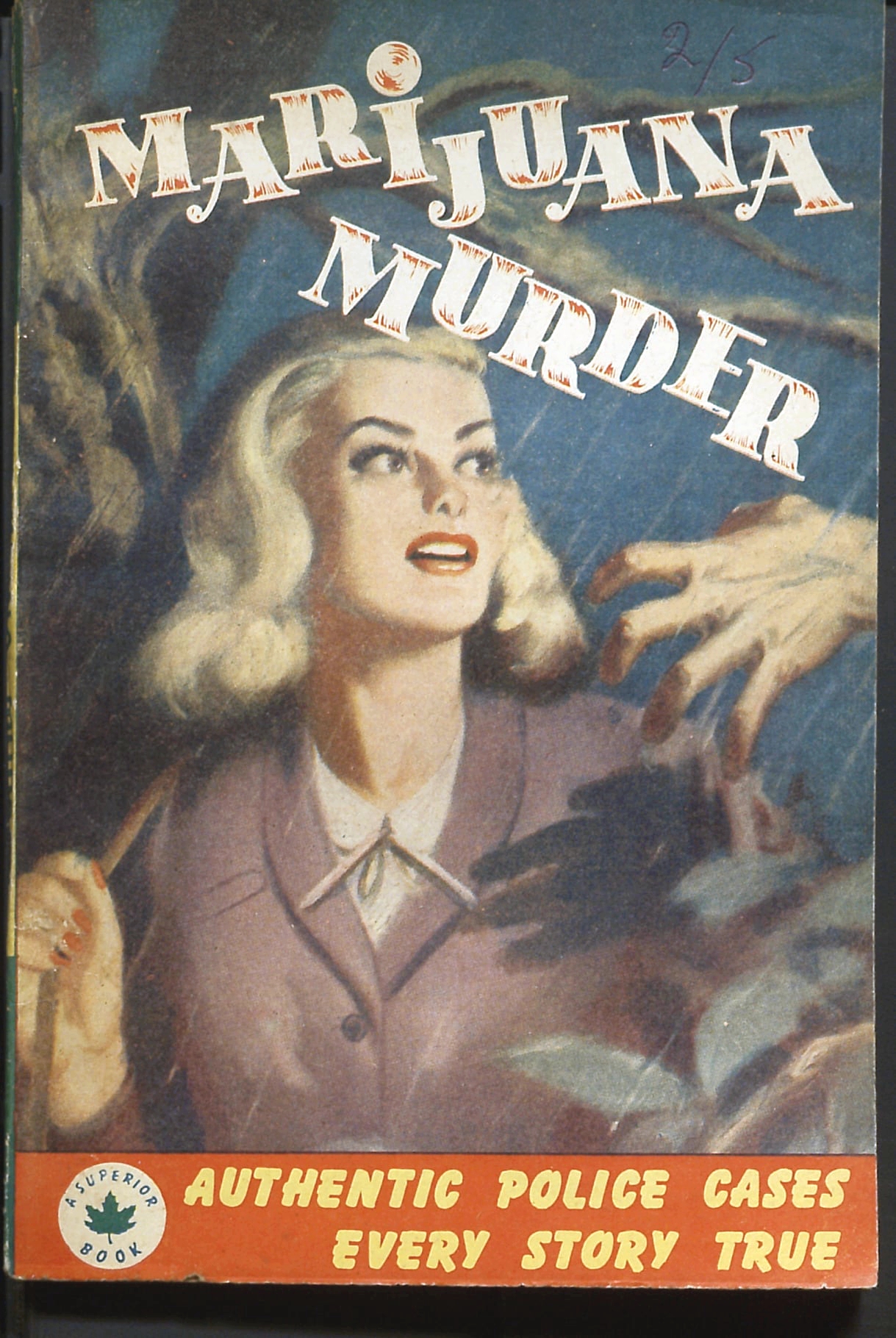
Made Your Summer Getaway Plans Yet?
Remember when life was this simple (BTW - The band seems to have had terrible taste in albums)?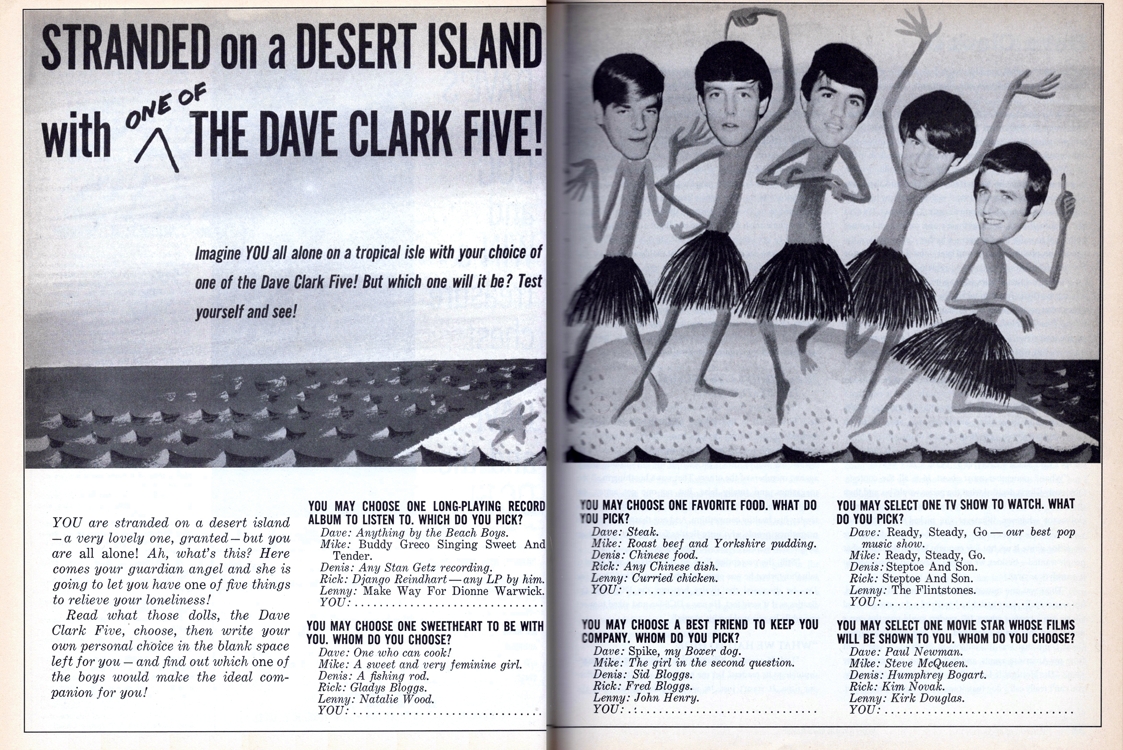
Steinman’s Songs
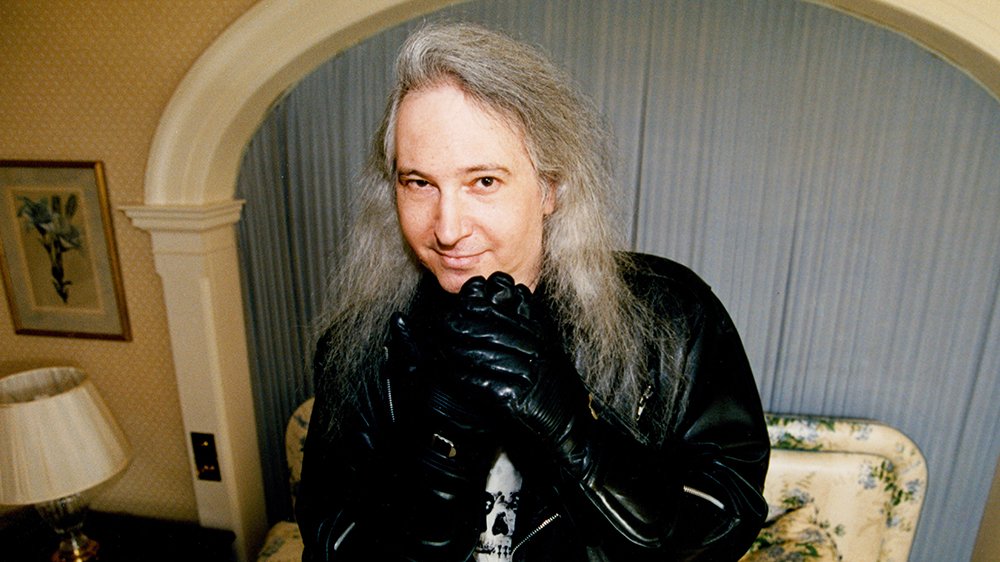 With the passing of songwriter/producer Jim Steinman last week, we were surprised at how many people were unaware of his other contributions to pop history outside of his collaboration with Meat Loaf on the 3 Bat Out of Hell Albums as well as Dead Ringer and Braver Than We Are.
With the passing of songwriter/producer Jim Steinman last week, we were surprised at how many people were unaware of his other contributions to pop history outside of his collaboration with Meat Loaf on the 3 Bat Out of Hell Albums as well as Dead Ringer and Braver Than We Are.
As we mentioned in our brief obituary, Steinman recorded one solo album, Bad for Good. Those songs were intended for a follow-up to Bat Out of Hell, but problems with Meat Loaf led Steinman to record these songs himself. Ironically, over the years, Meat Loaf has recorded or performed nearly all of them; so, if you’re diligent, you can compile your own Bad for Good playlist featuring Mr. Loaf’s versions.
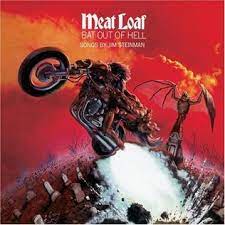 The exceptions would be for “Life & Death of an American Guitar” (which likely would have been voiced by Steinman anyway – similar to Steinman voicing the “Wolf with the Red Roses” speech that precedes “You Took the Words Right Out of My Mouth” on Bat Out of Hell) and “Stark Raving Love.” “Out of the Frying Pan and Into the Fire” is a little bit tricky as Meat Loaf has never released a studio version of this track, but did perform it in his live shows back in the day. As such, many video clips of Meat Loaf performing this song live exist via YouTube.
The exceptions would be for “Life & Death of an American Guitar” (which likely would have been voiced by Steinman anyway – similar to Steinman voicing the “Wolf with the Red Roses” speech that precedes “You Took the Words Right Out of My Mouth” on Bat Out of Hell) and “Stark Raving Love.” “Out of the Frying Pan and Into the Fire” is a little bit tricky as Meat Loaf has never released a studio version of this track, but did perform it in his live shows back in the day. As such, many video clips of Meat Loaf performing this song live exist via YouTube.
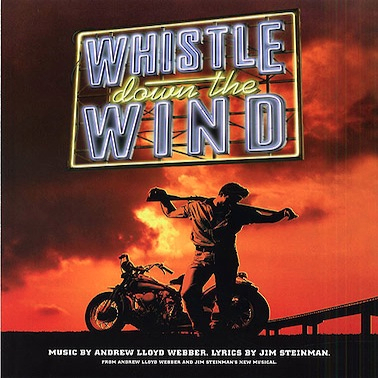 Now, once we get past Meat Loaf, Steinman also collaborated with Broadway behemoth Andrew Lloyd Webber on a stage musical called Whistle Down the Wind (Webber handled the music, Steinman contributed the lyrics). The show has seen productions in the UK and the US as well as a “for-records-only” version. A couple of the songs from the show have also been covered by other artists over the years – most notably “No Matter What,” which was a huge hit in England for Boyzone (yes, Meat Loaf has also covered this one).
Now, once we get past Meat Loaf, Steinman also collaborated with Broadway behemoth Andrew Lloyd Webber on a stage musical called Whistle Down the Wind (Webber handled the music, Steinman contributed the lyrics). The show has seen productions in the UK and the US as well as a “for-records-only” version. A couple of the songs from the show have also been covered by other artists over the years – most notably “No Matter What,” which was a huge hit in England for Boyzone (yes, Meat Loaf has also covered this one).
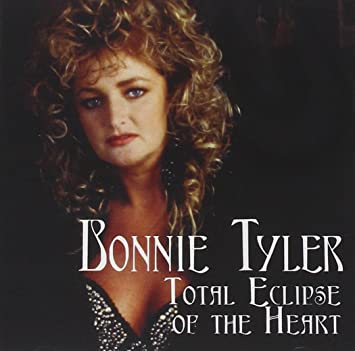 Unquestionably, Steinman’s most successful recording, bar none, was “Total Eclipse of the Heart,” which he wrote and produced for Bonnie Tyler in 1983. The song topped the charts in countries all over the world, racking up sales of more than 6 million copies and has been recognized as one the absolutely most popular songs to be released during the 1980’s.
Unquestionably, Steinman’s most successful recording, bar none, was “Total Eclipse of the Heart,” which he wrote and produced for Bonnie Tyler in 1983. The song topped the charts in countries all over the world, racking up sales of more than 6 million copies and has been recognized as one the absolutely most popular songs to be released during the 1980’s.
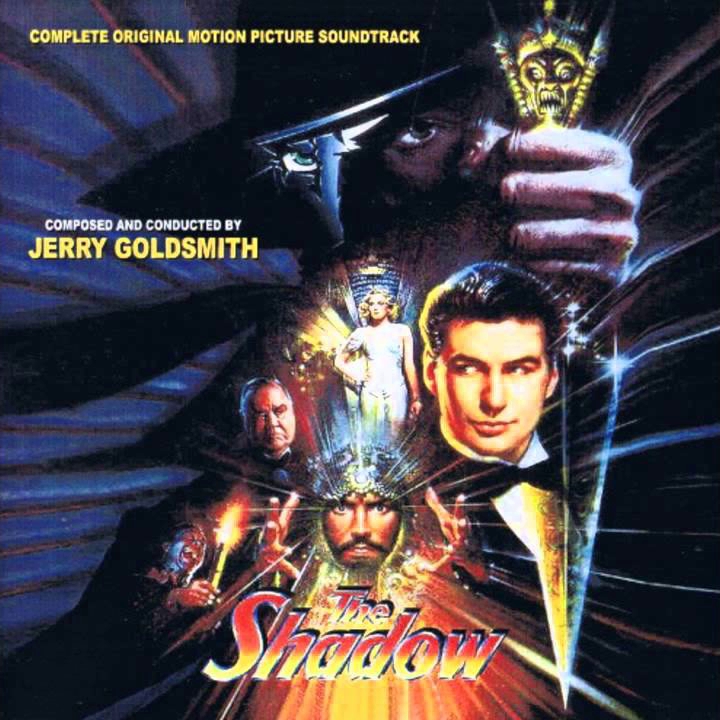 But here are some of the other songs Steinman wrote (many of which he also produced):
But here are some of the other songs Steinman wrote (many of which he also produced):
Yvonne Elliman – “Happy Ending” (1973 – Steinman’s big break as a songwriter)
Barry Manilow – “Read ‘Em and Weep”
Air Supply – “Making Love Out of Nothing at All”
Fire, Inc. – “Nowhere Fast” (from the soundtrack of the film Streets of Fire)
Fire, Inc. – “Tonight Is What It Means to Be Young” (Ditto)
Taylor Dayne – “Original Sin” (Written for the movie The Shadow)
Barbra Streisand – “Left in the Dark”
WWE – “Hulk Hogan’s Theme”
Bonnie Tyler – “Holding Out for a Hero” (Another big hit in the U.S. & several other countries)
Sisters of Mercy – “More”
Celine Dion – “It’s All Coming Back to Me Now” (Another #1 single)
Everly Brothers – “A Kiss Is a Terrible Thing to Waste” (Cover of a song from Whistle Down the Wind)
This list is by no means complete, so if you love Steinman’s songs, we wish you happy hunting and hope this will give you a great start!
Take a Gander At The Rock & Roll Scrapbook
They were so cute as kids...
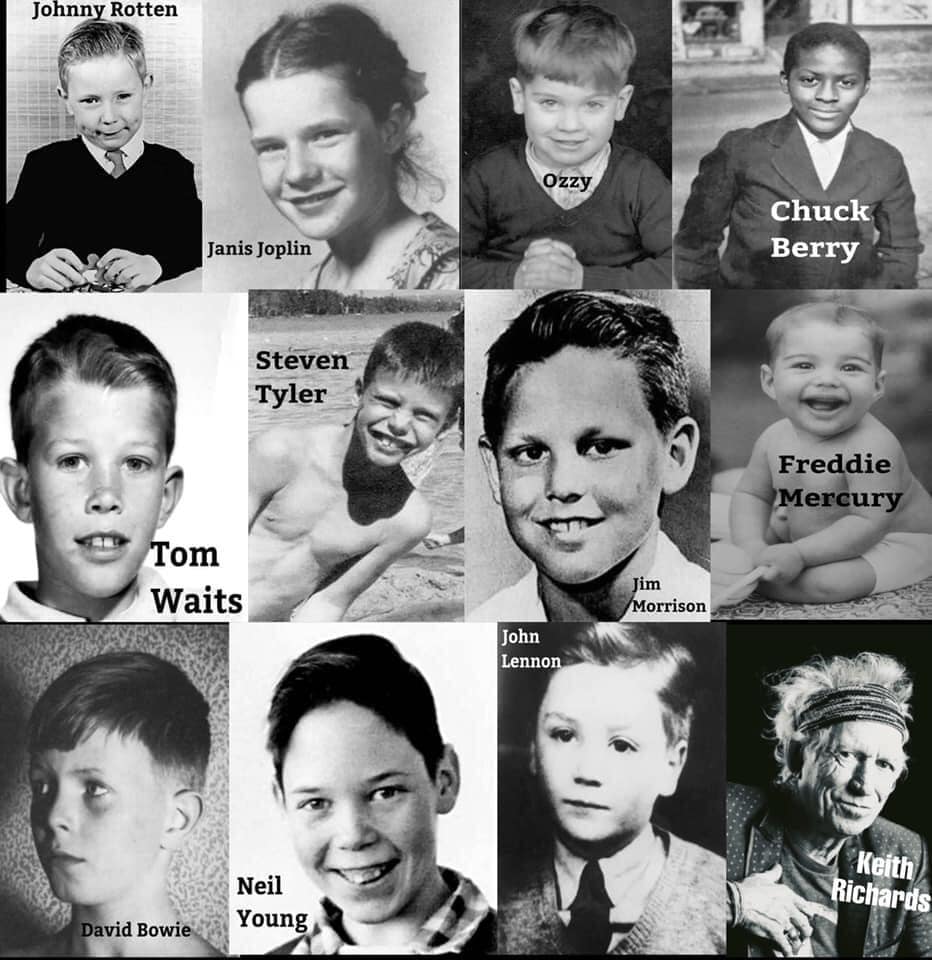
Jim Steinman 1947-2021
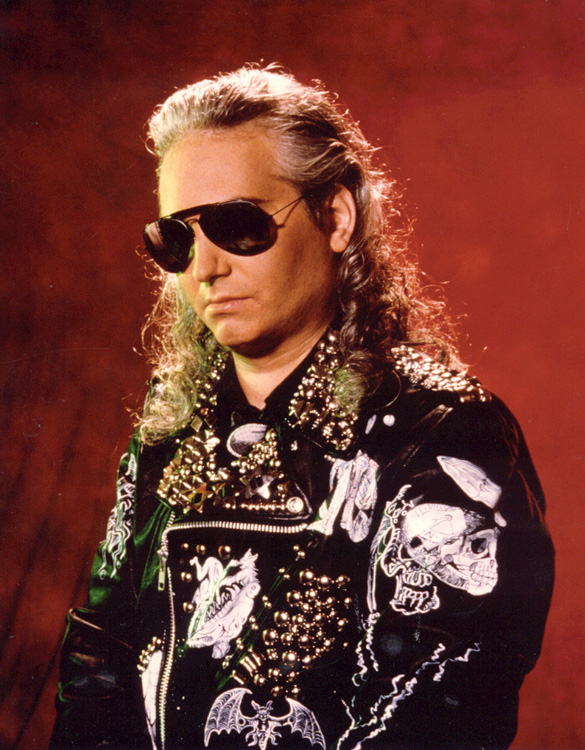 It is with sadness that we learned that Hall of Fame songwriter Jim Steinman passed away Monday from long-term health problems.
It is with sadness that we learned that Hall of Fame songwriter Jim Steinman passed away Monday from long-term health problems.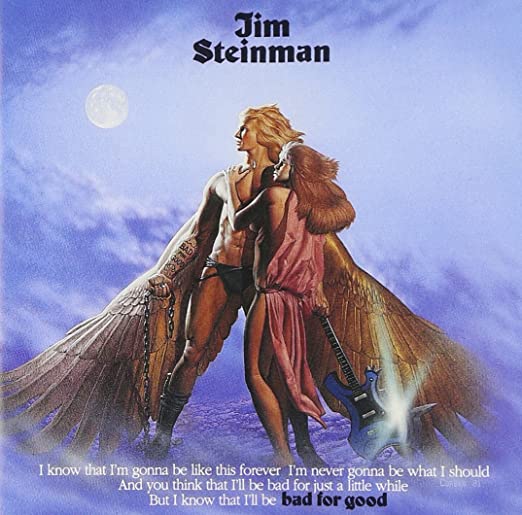 Less well-known, his only solo album Bad for Good was supposed to be Meat Loaf's follow-up to Bat Out of Hell. When problems arose between Meat Loaf & Steinman (a recurring theme in their careers), Steinman went into the studio and cut it himself.
Less well-known, his only solo album Bad for Good was supposed to be Meat Loaf's follow-up to Bat Out of Hell. When problems arose between Meat Loaf & Steinman (a recurring theme in their careers), Steinman went into the studio and cut it himself.The Story Behind the Song: Sally Go Round the Roses
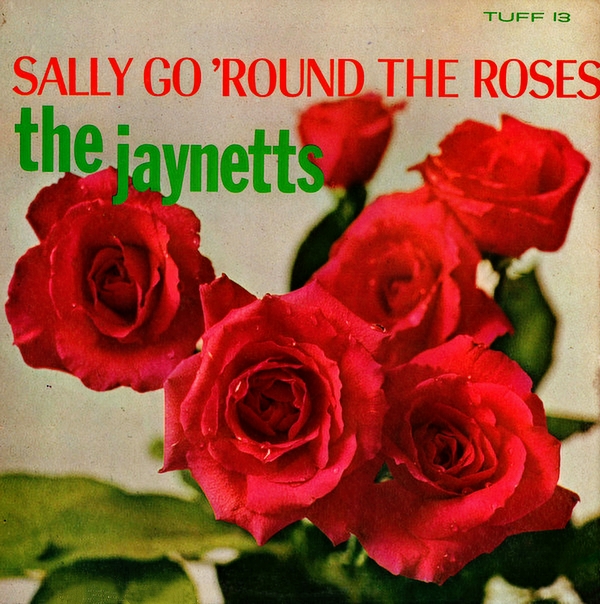 One of the simplest, yet most haunting songs of the 1960s, “Sally Go Round the Roses” hit right before the start of Beatlemania in August of 1963. The record is credited to a one-hit wonder, the Jaynetts, but the story behind the song reveals a history that’s a bit more complicated.
One of the simplest, yet most haunting songs of the 1960s, “Sally Go Round the Roses” hit right before the start of Beatlemania in August of 1963. The record is credited to a one-hit wonder, the Jaynetts, but the story behind the song reveals a history that’s a bit more complicated.
Abner Spector (no relation to Phil) was an A & R man for Chess Records who occasionally produced R&B sides for a small independent label known as Tuff Records. In the spring of 1963, Spector decided that he wanted to record a song with the girl group sound that was then a very popular genre (thanks to the Shirelles, the Chiffons, the Dixie Cups, etc.). So, he talked to the head of Tuff Records, Zelma "Zell" Sanders, and asked her to come up with an appropriate song and begin assembling some singers. Zell wrote the song in collaboration with Spector’s wife, Lona Stevens. The duo decided to draw their inspiration from the nursery rhyme “Ring Around the Rosie” (itself kind of creepy – as its seemingly innocent lyrics are really about the symptoms of the Bubonic Plague).
Let’s All Sing Together
While a great many rock bands follow in the mold of Mick Jagger & the Rolling Stones or Freddie Mercury & Queen where one member primarily handles the lead vocals, some of rock’s most successful acts actually feature multiple lead singers.
(Yes, we know Keith Richards racked up a lead vocal or two – same with Benjamin Orr in the Cars, but Mick and Rick Ocasek handled more than 90% of the lead vocal duties for their respective groups.)
 Here’s a list of successful groups that shared lead vocal duty. Who have we missed?
Here’s a list of successful groups that shared lead vocal duty. Who have we missed?
- ABBA
- Association
- Beach Boys
- Beatles
- Bee Gees
- Buffalo Springfield
- Cream
- Crosby, Stills, Nash & Young
- Eagles
- Fleetwood Mac
- Grateful Dead
- Jefferson Airplane/Starship
- Mamas & Papas
- Monkees
- Moody Blues
- Move
- 10CC
- Three Dog Night
- Traveling Wilburys
- Who (While Roger Daltry handled most lead vocals, quite a few songs also feature parts where Pete Townsend takes the lead; plus, each album featured one or two songs where John Entwistle sang lead and, every once and awhile, there was a lead vocal part for Keith Moon.)

Why Cover Songs?
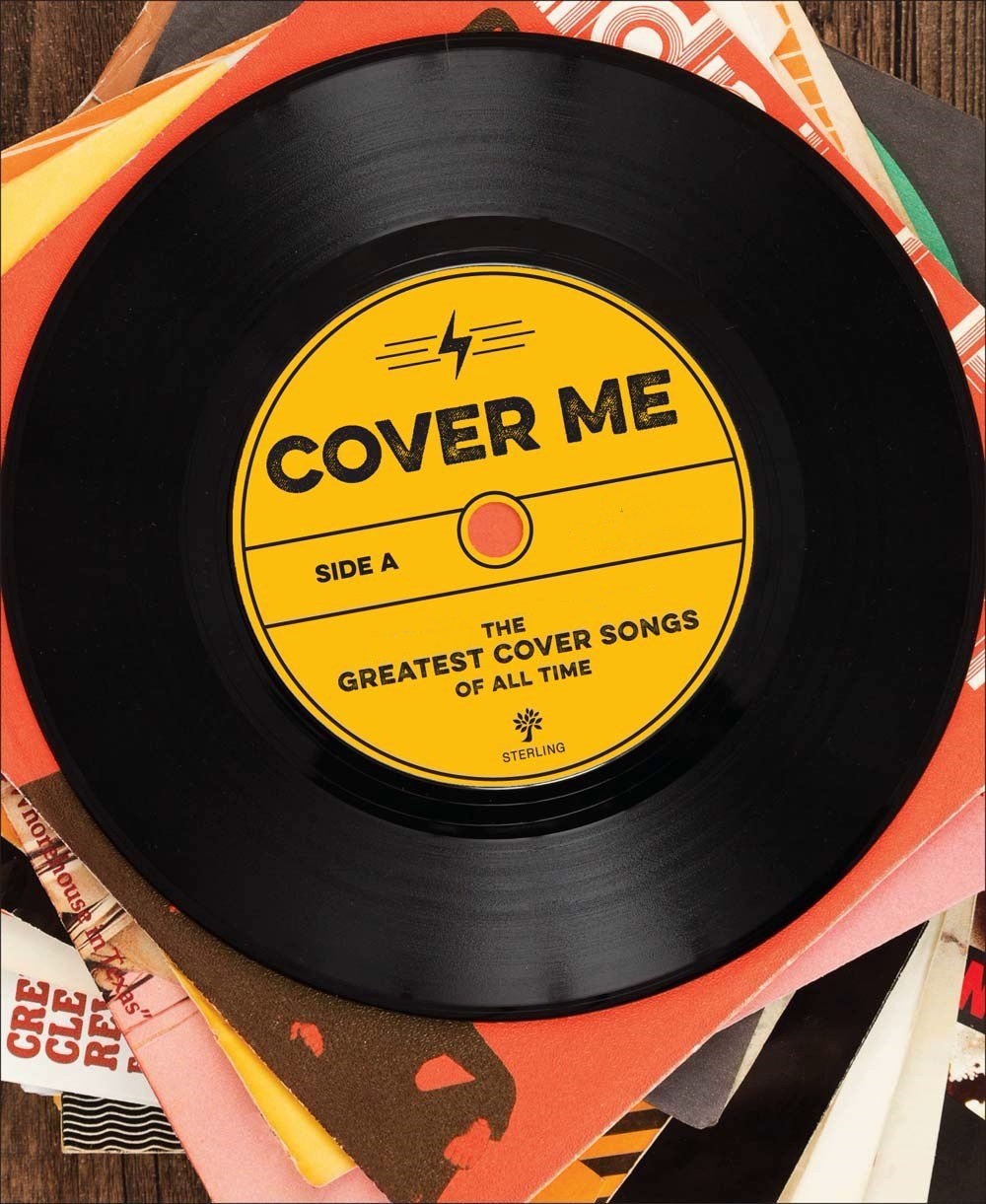 One question we get asked often is about the cover songs here at Boomtown America. 3 reasons:
One question we get asked often is about the cover songs here at Boomtown America. 3 reasons:
Cover versions put the focus on the song: In our parents’ era, there were few singer/songwriters. As such, most singers were all picking their material from what was known as “the America Songbook.” It’s not unusual to find singers like Frank Sinatra, Tony Bennett, Patti Page, etc. all doing their versions of popular songs.
Rock ‘n’ roll grew out of rhythm & blues, where many of the artists wrote their own material. Chuck Berry, Little Richard, Buddy Holly, Bo Diddley and many other early rockers composed their own material. The second wave of rock acts, influenced by the first, continued the tradition: Brian Wilson, John Lennon & Paul McCartney, Mick Jagger & Keith Richards, Ray Davies and so many more.
Yet, even those acts could and did create classic recordings covering other people’s material. The Beatles’ “Twist & Shout” is a cover, but considered the definitive version of that song. The Beach Boys chipped in their share with covers of “Barbara Ann,” “Sloop John B,” and many more.
And think how many different artists have taken a swing at “Johnny B. Goode” or “That’ll Be The Day.”
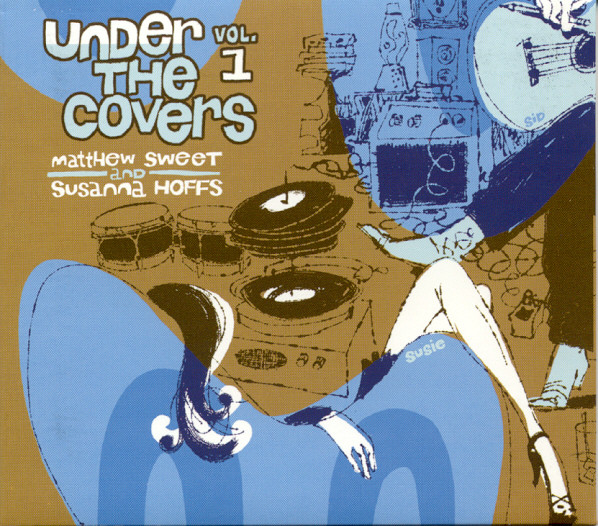 Cover versions can bring a fresh interpretation to a song: Sometimes, we’ve heard the “hit version” so many times, we’ve lost sight of how strong the composition really is. Hearing an interesting cover forces us to focus on the song itself.
Cover versions can bring a fresh interpretation to a song: Sometimes, we’ve heard the “hit version” so many times, we’ve lost sight of how strong the composition really is. Hearing an interesting cover forces us to focus on the song itself.
Sometimes, it can make us feel we’re hearing it for the first time.
Cover versions helps us view the singer or band doing the cover in a different way. Presuming the artist liked a song well enough to choose to do a cover tells us something about the kind of music they like apart from their own material. To discover that a rock star you love also loves the same songs you do can create a strong bond between artist and audience.
Heck, try and find a Bruce Springsteen concert where the Boss doesn’t play several covers of rock classics. It’s become a hallmark of his live shows. He’s been known to cover everything from Woody Guthrie to the Bee Gees.
Cover songs – just one more way we celebrate the greatness of Rock & Roll!
Pretty Sure We All Attended a Few of These....
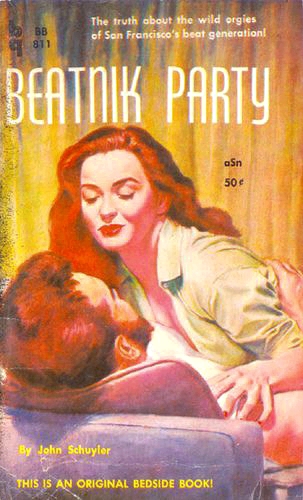
Pop Up Player
Latest Posts–Movies & TV
-
The BOO Tube
Local TV Horror Hosts – most of us had ‘em. In New York and northern Jersey, it was Zacherley (aka John Zacherle). In L.A., it was Vampira. Milwaukee had Dr. Cadaverino and Tampa had Dr.…
-
Halloween Movie Ideas - Take 2
GORGON (1964) We were born too late to experience the great Universal horror films in first run theaters. Instead, we watched them on our local TV station’s “Shock-Horror-Monster-Chiller-Nightmare Theater.” You remember. Those late night weekend…
-
Halloween Movie Ideas
I WALKED WITH A ZOMBIE I Walked with a Zombie may be the best movie with the dumbest title in motion picture history. Cranked out by the b-movie horror unit at RKO pictures in 1943,…
-
Now Playing at the Boomtown Drive-In: "I Married a Monster from Outer Space"
Just like I Walked with a Zombie, behind the incredibly silly title lurks a pretty decent little B-movie. I Married a Monster from Outer Space was made by Paramount Pictures in 1958. Directed by Gene…
-
The TV That Time Forgot: Hazel (1961-66)
Hazel was a very popular sit-com that ran for 5 seasons (4 in full color), producing 154 shows, that was also quite popular in syndication. The show was based on a popular one panel cartoon…
-
The TV That Time Forgot: Annie Oakley
There was a time when Westerns dominated television programming so thoroughly that it was tough (with no home video, no streaming, and just 3 networks if you lived in a city big enough to have…


